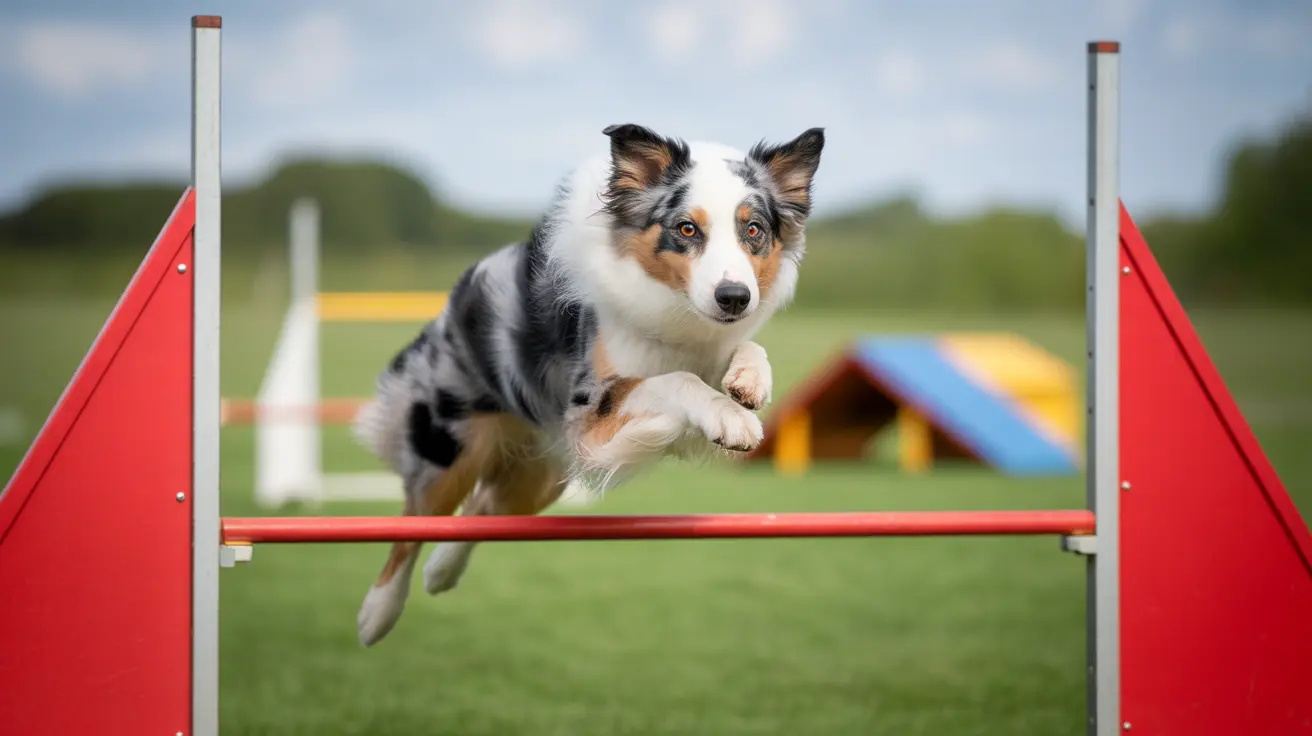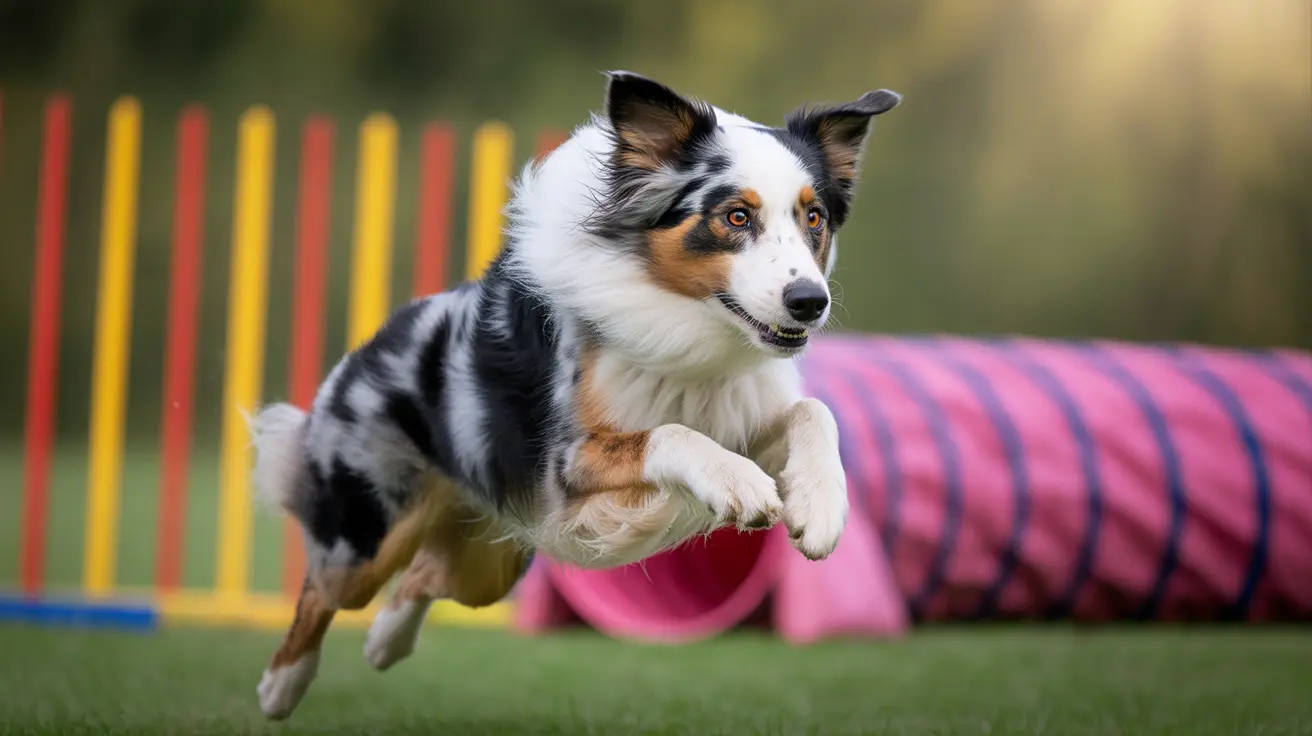Understanding the Nova Scotia Duck Tolling Retriever
The Nova Scotia Duck Tolling Retriever, affectionately known as the Toller, stands out among retriever breeds for its unique history, lively personality, and striking appearance. Developed in Nova Scotia, Canada during the early 19th century, this breed was designed specifically to help hunters lure (or "toll") ducks within shooting range and then retrieve them from the water.
Origins and Purpose
Tollers were first bred in Yarmouth County, Nova Scotia. Their ancestry likely includes a mix of spaniels, setters, retrievers, collies, and other working breeds. The breed’s primary job was as a "decoy dog": by playing energetically along the shoreline, they would pique the curiosity of waterfowl and draw them closer for hunters. Once the birds were downed, these dogs would leap into action to retrieve them from chilly waters.
Physical Characteristics
- Size: The smallest of all retrievers; males are typically 18–21 inches tall (48–53 cm) and weigh 35–50 pounds (16–23 kg), while females are slightly smaller at 17–20 inches (43–51 cm) and 30–44 pounds (14–20 kg).
- Coat: Dense and water-repellent double coat; colors range from light orange to deep red with distinct white markings on chest, feet, tail tip, and sometimes face.
- Head & Expression: Wedge-shaped head with almond-shaped eyes that give a foxy look—an endearing trait tied to their tolling behavior.
Personality & Temperament
Tollers are energetic, intelligent, outgoing yet sometimes reserved with strangers. They bond deeply with their families but may be too boisterous for toddlers. Generally good with older children who know how to interact with dogs; they often get along well with other dogs and can live with cats if raised together—though their prey drive might lead them to chase smaller animals.
Exercise & Activity Needs
This breed thrives on activity. Expect to provide at least an hour of vigorous exercise daily—walks, play sessions in a secure yard or garden, or participation in canine sports such as agility or flyball. Without enough physical and mental stimulation, Tollers can become destructive or develop excessive barking habits. They’re not suited to sedentary lifestyles or being left alone for long periods.
Grooming Requirements
- Brush several times a week to manage heavy seasonal shedding (especially during moulting).
- Bathe occasionally; trim nails regularly; check ears and paw pads.
- A bit of trimming around ears and feet keeps their coat neat.
Health Considerations
The Toller is generally hardy but does have some breed-specific health concerns:
- Hip and elbow dysplasia
- Progressive retinal atrophy (PRA)
- Collie eye anomaly
- Addison's disease
- Deafness
- Cleft palate
Responsible breeders recommend screening for hip/eye problems and DNA testing for genetic conditions common to the breed. Life expectancy averages 12–14 years.
Training & Socialization
Tollers respond best to positive reinforcement training methods—patience and creativity go further than harsh corrections or repetitive drills. Early socialization is vital: introduce your Toller puppy to new people, places, sounds, and experiences so they grow into confident adults. Their intelligence means they pick up new commands quickly but need variety to stay engaged.
Nutritional Needs
- A high-quality diet suited to age, weight, and energy level is essential.
- Tollers can gain weight easily—monitor portions and treats carefully.
Status & Recognition
The Canadian Kennel Club recognized the breed in 1945; the American Kennel Club followed in 2003. While still relatively rare outside North America, Tollers have gained international recognition among hunters and active families alike. Breed clubs support responsible breeding practices worldwide.
Unique Traits & Behaviors
- Their small yet agile build makes them quick on land or water.
- A strong retrieving drive paired with playful energy defines their character.
- Tollers emit a distinctive high-pitched "Toller scream" when excited—a quirk familiar (and sometimes surprising) to owners!
Their background as working hunting dogs means they do best with owners who appreciate both their need for activity and their affectionate nature at home.





